George Westerman
Ambassador, activist, and historian
Brief info
George Washington Lionel Westerman was a distinguished, multi-talented Panamanian-West Indian. A journalist, editor, sociologist, historian, diplomat, community leader and impresario, he was an ambassador in the Panama delegation to the United Nations from 1956-1960 and publisher and editor of the Panama Tribune. He had previously served as a sports editor, associate editor, and columnist for The Panama Tribune as well as a columnist for The Panama American and special correspondent for The Miami Herald and Dix Papers of Ohio.
As a civic leader, Westerman was the most prominent and principal leader in many breakaway groups in the Panamanian-West Indian communities. His eloquence and voice won growing respect from the native Panamanians and the “Zonians” (Americans) as well, as he sought to carve out an identity for his generation (known as “Criollos” -- first born Panamanians of West Indian descent). Of the numerous battles he spearheaded, the two most notable were the struggles to reverse the country’s Constitution Amendment to deny most West Indians born in Panama their citizenship and having the “Zonians” remove the “gold" (whites) and “silver” (blacks) signs from public places on the Canal Zone. He was instrumental in the formation of the National Civic League, modeled on the NAACP, that helped strike down the objectionable features of the 1941Constitution.
Westerman is also credited with having effected basic changes in the segregated Canal Zone schools system through his direct appeal to Attorney Thurgood Marshall, head of the legal department of the NAACP, who as you know, challenged the Supreme Court in the famous Brown vs. Board of Education case, and later became a well-respected and often-quoted member of the Supreme Court of the United States. He also helped sponsor the Isthmian Negro Youth Congress (INYC), a Canal Zone youth club created to serve as a bridge from their generation to the teenagers just finishing school (now known as Afro-Panamanians). The INYC slogan was “Progress Through Education” by encouraging a sense of pride and dignity in Negro history and in the West Indian communities.
Most significant, Westerman was the one leader in the community who did the most to define and to carry out Alfred Osborne's integrationist philosophy (see Profile in Wisdom) from the classroom and disseminated it throughout the community. He would also raise funds to purchase 1,000 books emphasizing black studies and got the canal to open a public library in La Boca for colored students. Westerman also obtained autographed photos of fifty prominent black Americans, which he personally hung on the walls of the library.
President De La Guardia appointed Westerman as Ambassador to the United Nations, in addition to his duties as political advisor in 1956. This marked the high point in Westerman’s career and the “Criollos'” influence in the national life of Panama. In this position he helped to spearhead two pieces of legislation important to Criollos. In 1956 they won approval for the Hueartamate Law prohibiting racial discrimination and establishing fines for infractions. Westerman himself drafted the bill, using as a model a similar Brazilian law. Then in 1959 he helped push through a constitutional amendment to facilitate granting citizenship to children born in Panama to foreign parents. The measure, originally sponsored by Bazán, had to be approved by a later legislature, and Alfonso Giscombe of Colón finally won passage in January 1960.
Westerman also achieved major victory while serving in the UN. In 1958 and 1959 unrest grew in Panama and riots broke out over an incident involving the display of flags on the Canal Zone. President Eisenhower decided to take some action to reduce tensions, and he seized upon suggestions offered by Westerman that resulted in greater upward mobility for Panamanians and the construction of 500 new housing units in Panama to alleviate the crowded conditions in Panama due to depopulation of the Zone.
At the same time, Westerman sponsored appointments of Criollo politicians, and by 1960 he could point to several dozen in important posts throughout the government. Percival Toppin became the first full-time corregidor of the West Indian district of Calidonia, William Gibson, consul in Jamaica; Basilio Duff, governor of Bocas; Eduardo Charles, acting mayor of Panama; Hector Spenser and Norman Williams, department heads in the treasury ministry; Alejandro Stephens, deputy station commander of the National Guard in Colón; and many others.
In addition to his duties at the United Nations, Ambassador Westerman was also an official Panamanian representative at the independence ceremonies of Togo, the Cameroons, and Jamaica, as well as the inaugural ceremonies of President Tubman of Liberia and President John F. Kennedy of the U.S.A.
Westerman began his journalistic career as sports commentator for the Panama-American. Later, with the demise of Sydney A. Young, founder and publisher of The Panama Tribune. In November of 1959, Dr. Westerman became the primary source behind the newspaper, serving as its editor and publisher until 1973. In addition to his newspaper articles, Westerman authored numerous pamphlets on historical, social, and racial themes, interpreting West Indian-Panamanian history and challenging the systems of racial segregation that dominated Panamanian society. During the 1950s, he organized a series of concerts in Panama featuring leading African-American artists such as Marian Anderson, Dorothy Maynor, Paul Robeson and Philippa Schuyler, among others.
His vast collection of the migration of our forefathers from Jamaica, Barbados and other Caribbean Islands, to work in building the Panama Canal, includes some of the most extensive documentation of this migration and its aftermath.
The George Westerman Collection includes correspondence, photographs, program bills and files on leading African-American artists who appeared in the Westerman Concert Series at the Schomburg Center in Harlem. Westerman’s research files include original documents, research notes and drafts of manuscripts on the historical and cultural dimension of the West Indian presence in Panama. Included in these archives is the manuscript of his unpublished book “Fifty Years of West Indian Life on the Isthmus of Panama" (1903-1953); an extensive photographic collection of documents of Westerman’s personal and professional careers as well as the history of West Indians in Panama. Part of the photo archive of the Panama Tribune is also included.
Westerman’s documentation of events and activities in the West Indian community include nearly verbatim transcripts of meetings of labor unions, cultural, political and civic organizations that he took in short hand and transcribed into detailed typewritten accounts. Research on a biographical directory of leading African-Americans figures of the 1950s resulted in extensive correspondence, photographs, resumes and biographical data on hundreds of African-Americans from all walks of life. A nearly complete run of The Panama Tribune (1929-1979) is included in the collection.
Born in the City of Colón of a Barbadian father and a St. Lucian mother, he moved to La Boca at an early age. He attended private school in Panama City under the tutelage of Samuel A. Innis, one of the leaders of the 1920 strike against the Canal Zone government. In 1956, Dr. Westerman was honored with a Doctorate Degree from Philathea University in Canada.
We will never forget his immeasurable contributions to our Panamanian-West Indian heritage and always cherish his legacy.
“The Westernman Papers “at the Schomburg Liberty is the most comprehensive account of West Indians on our isthmus.

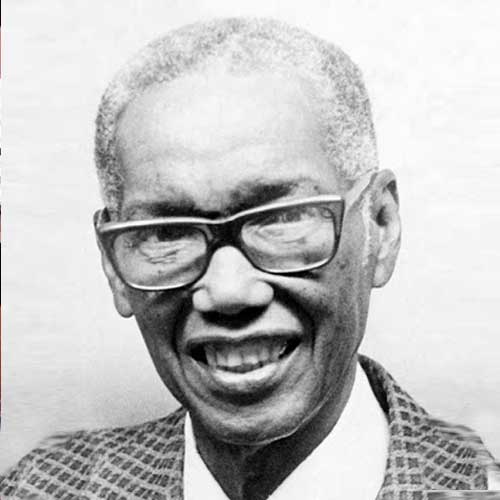
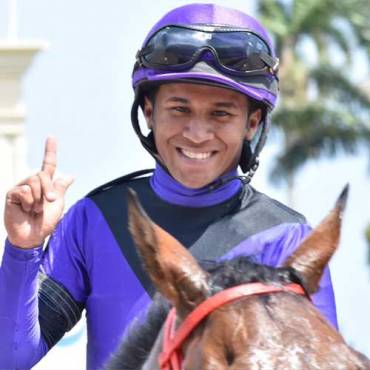
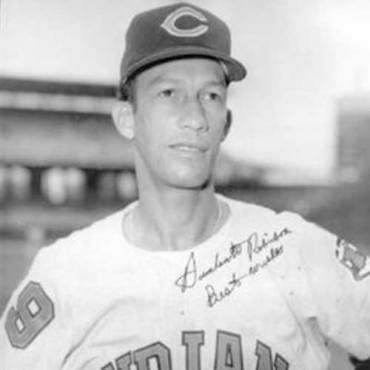
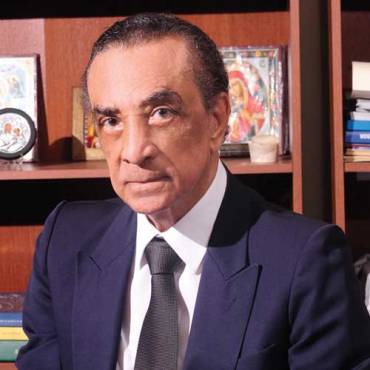
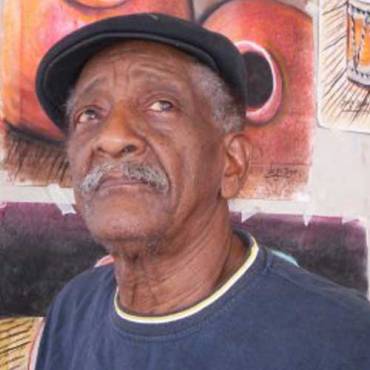
Add Comment